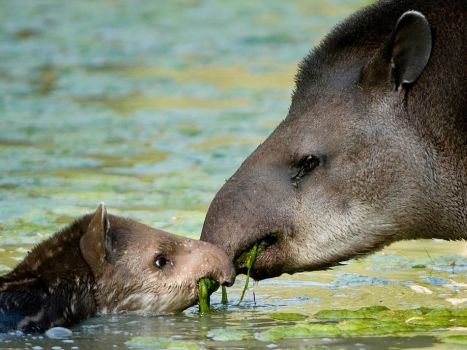
Ever wondered why some tropical animals around the world reproduce only seasonally? Well, you are not alone. For plenty of scientists and researchers out there are wondering the same thing. And after several studies and related experiments, they have come to point out certain factors that can directly or indirectly influence these seasonal breeding habit.
Optimal Survival Rate
Animals that reproduce seasonally are called seasonal breeders. And these seasonal breeders usually mate during a specific time of the year which is favorable for their young ones to survive and grow.
Accordingly, these animals would reproduce at times when the food and water sources in the region are optimal, and predatory problems (from other species) are reduced.
Hormonal Changes
Animals that reproduce seasonally would experience a change in hormonal levels only during the breeding season. For instance, certain female breeders would have only one active uterus cycle (called ‘estrus’) during the year and remain anestrus for the rest of the year. Male breeders would also tend to experience changes like increased testosterone production and fertility levels during specific months of the year and remain infertile otherwise.
The Photoperiod Effect
The sexuality of a seasonal breeder would usually vary with the day length. Also called as Photoperiod, the length of the day can influence significant changes in the production and secretion of melatonin in the body, a factor that would in turn influence the production and release of GnRH by the hypothalamus. An increase in GnRH would automatically stimulate cyclicity in the seasonal breeders.
Accordingly, certain animals would breed when the days are long (usually in spring) while others would reproduce when the days are short (usually in fall and winter). And apart from these seasons, the animals would remain anestrus for the rest of the year.
Genetic Traits
Certain seasonal breeders are influenced by genetic traits that related to their circannual rhythms encoded in their bodies. In some animals, this rhythm would be encoded to function once every 12 months. And this would probably make these animals more fertile during this period.